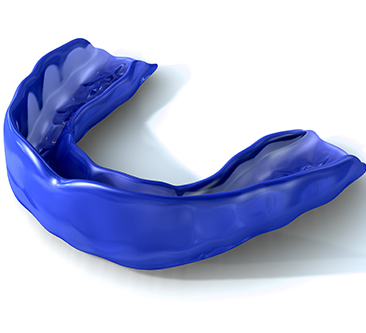General Dentistry
SmileLux is a dental home for patients of all ages in the Milton Keynes area. We offer cutting-edge and convenient treatments to keep your smile glowing and healthy for years to come.
Please note that the below treatments are available to existing patients undergoing orthodontic treatment (subject to suitability).
Book a free consultation
Your first consultation is completely free and there’s no obligation to go ahead with treatment.














Find us
SmileLux Specialist Orthodontic Centre
12 Whittle Court
Knowlhill
Milton Keynes
MK5 8FT







